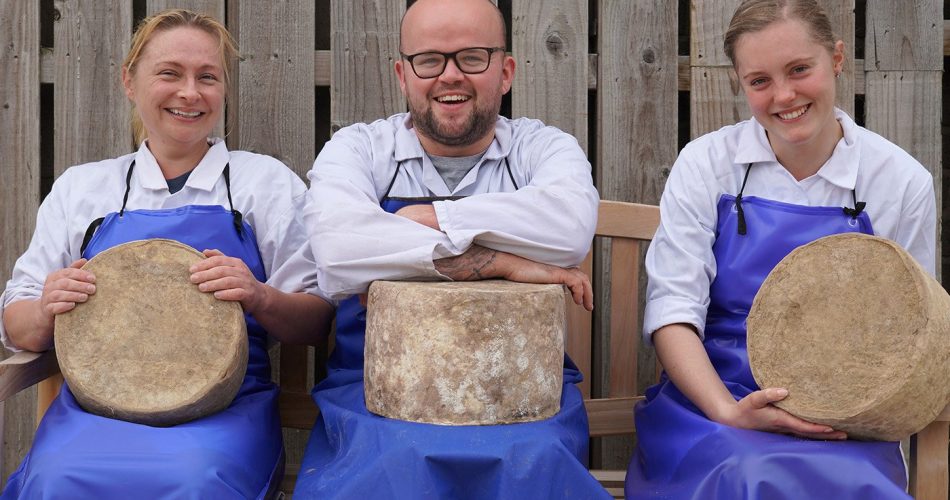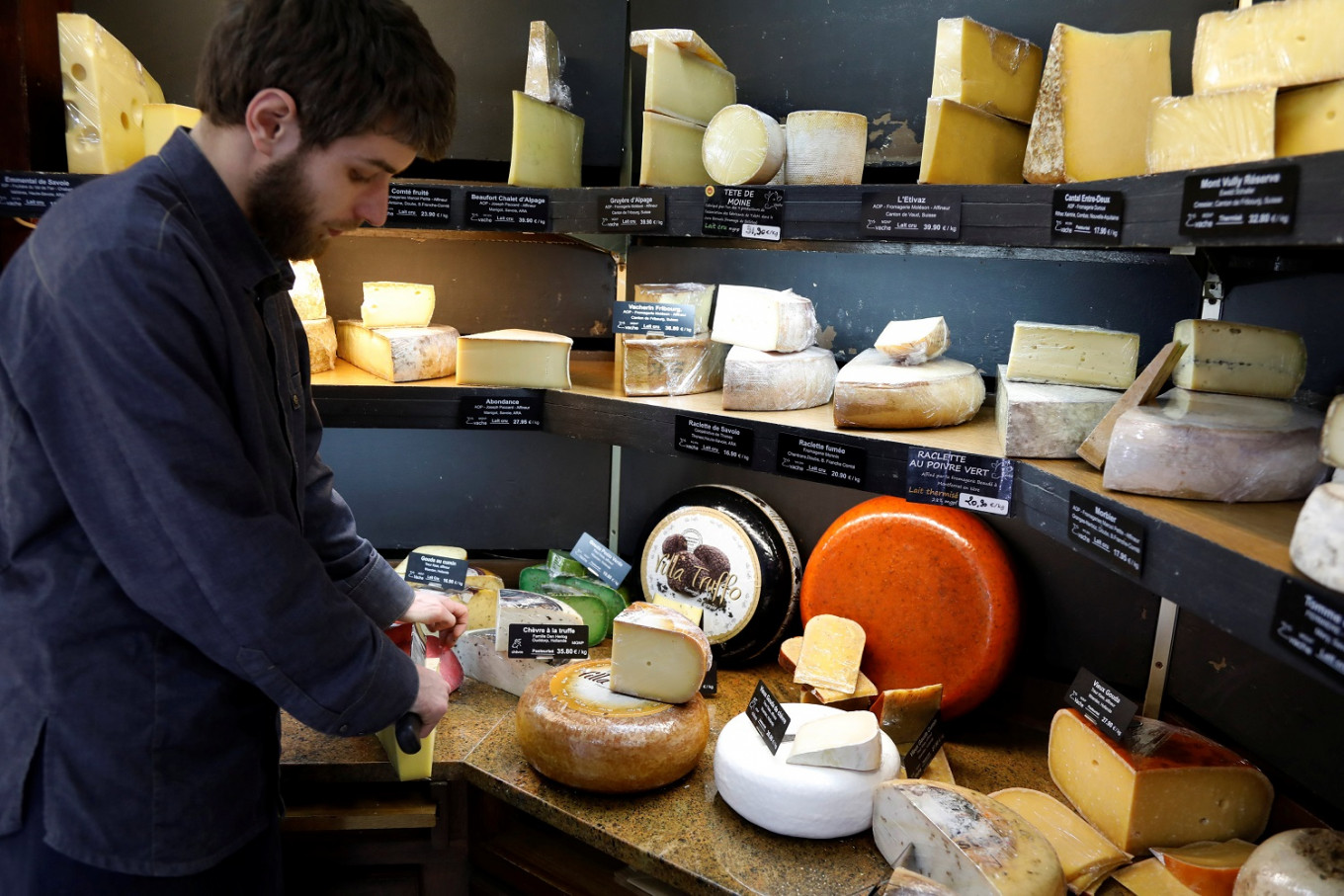A Taste of Authenticity: Floridia Cheese Melbourne and Its Workmanship
A Taste of Authenticity: Floridia Cheese Melbourne and Its Workmanship
Blog Article
Opening the Secrets of Artisanal Cheese Making: A Detailed Do It Yourself Guide
In the realm of culinary workmanship, artisanal cheese making stands as a testimony to the fragile equilibrium in between tradition and innovation. Each step in the process, from selecting the appropriate milk to developing aging strategies, holds within it a wide range of knowledge passed down through generations. As we get started on this trip to demystify the art of developing beautiful cheeses, we are encountered with a tapestry of abilities and secrets waiting to be unwinded. Join us as we discover the complexities of this old craft, where art, perseverance, and science merge to produce flavors that entice the detects.
Choosing the Right Milk
When getting started on the journey of artisanal cheese making, the choice of milk plays an important duty in establishing the high quality and attributes of the final item. The type of milk picked affects the flavor, structure, and in general profile of the cheese. Raw milk, right from the pet, is favored by several artisanal cheesemakers due to its one-of-a-kind mix of enzymes, bacteria, and taste substances. Using raw milk comes with dangers and guidelines, making pasteurized milk a much safer choice for novices.
In addition, the source of the milk, whether from cows, goats, sheep, or buffalo, contributes unique tastes and characteristics to the cheese. Each type of milk brings its very own subtleties, allowing for a broad array of cheese selections to be crafted based on the chosen milk.
Culturing and Coagulating
To launch the cheese-making process, the vital actions of culturing and coagulating need to be meticulously implemented to transform milk into curds and whey. The kind of culture used can significantly influence the taste, structure, and ripening of the final cheese product.

The timing and temperature level control during culturing and coagulation are crucial factors that affect the final end result of the cheese. Proper execution of these actions is necessary to make certain the preferred texture, taste, and consistency of the artisanal cheese being created.
Draining and Pressing Curds
After the milk healthy proteins have coagulated and the curds have been cut to launch whey, the next critical step in artisanal cheese making entails draining and pushing the curds to accomplish the wanted structure and uniformity of the final cheese item. Draining pipes is the process of dividing the curds from the whey. This can be done by transferring the curds into a cheesecloth-lined click for more info bowl-shaped sieve or mold and permitting the whey to drain off naturally. The moment for draining can vary relying on the sort of cheese being made and the preferred dampness content.
Pressing helps remove any type of staying whey and compacts the curds to develop a solid cheese wheel. Appropriate pushing and draining are vital steps that substantially affect the high quality and qualities of the artisanal cheese being created.
Aging and Flavoring Methods
Implementing meticulous aging and flavor strategies is essential in improving the depth and complexity of artisanal cheeses, raising their taste accounts to exquisite levels of refinement and class. Aging plays a crucial function in establishing the unique tastes and appearances that identify artisanal cheeses. During the aging procedure, cheeses are kept in meticulously regulated atmospheres where elements such as airflow, temperature level, and humidity are controlled to motivate the development of beneficial site molds and bacteria. This regulated atmosphere enables celebrity to develop gradually, creating abundant flavors and intricate aromas.
Flavoring methods additionally contribute dramatically to the final taste of artisanal cheeses. Cheesemakers might choose to introduce added tastes by incorporating components such as natural herbs, seasonings, or perhaps fruits into celebrity during the production process. Furthermore, some cheeses are cleaned or massaged with various liquids, such as brine or alcohol, to improve their structures and flavors.
Covering and Saving Cheeses

Verdict
Finally, understanding the art of artisanal cheese making includes carefully choosing the right Our site milk, complying with precise culturing and coagulating processes, draining pipes and pressing curds properly, and utilizing different aging and flavor techniques. By adhering to these steps diligently and with focus to detail, you can produce your very own scrumptious and distinct cheeses in your home. Bear in mind to wrap and store your cheeses appropriately to ensure optimal flavor and appearance development. Pleased cheese making!
Each type of milk brings its own nuances, enabling for a broad variety of cheese ranges to be crafted based on the selected milk.After the milk healthy proteins have actually coagulated and the curds have actually been cut to release whey, the next important step in artisanal cheese making includes draining and pressing the curds to attain the desired structure and uniformity of the final cheese item. A lot of cheeses must be wrapped in wax paper or cheese paper to allow them to breathe while securing them from drying out. For cheeses that need to proceed aging, such as bloomy rinds or cleaned peels, guarantee they are stored in a trendy setting like a cheese cavern or a fridge established to the proper temperature. By paying attention to the covering and storage space of artisanal cheeses, cheese makers and enthusiasts can maintain the stability of these delicacies and fully appreciate their complicated flavors.
Report this page